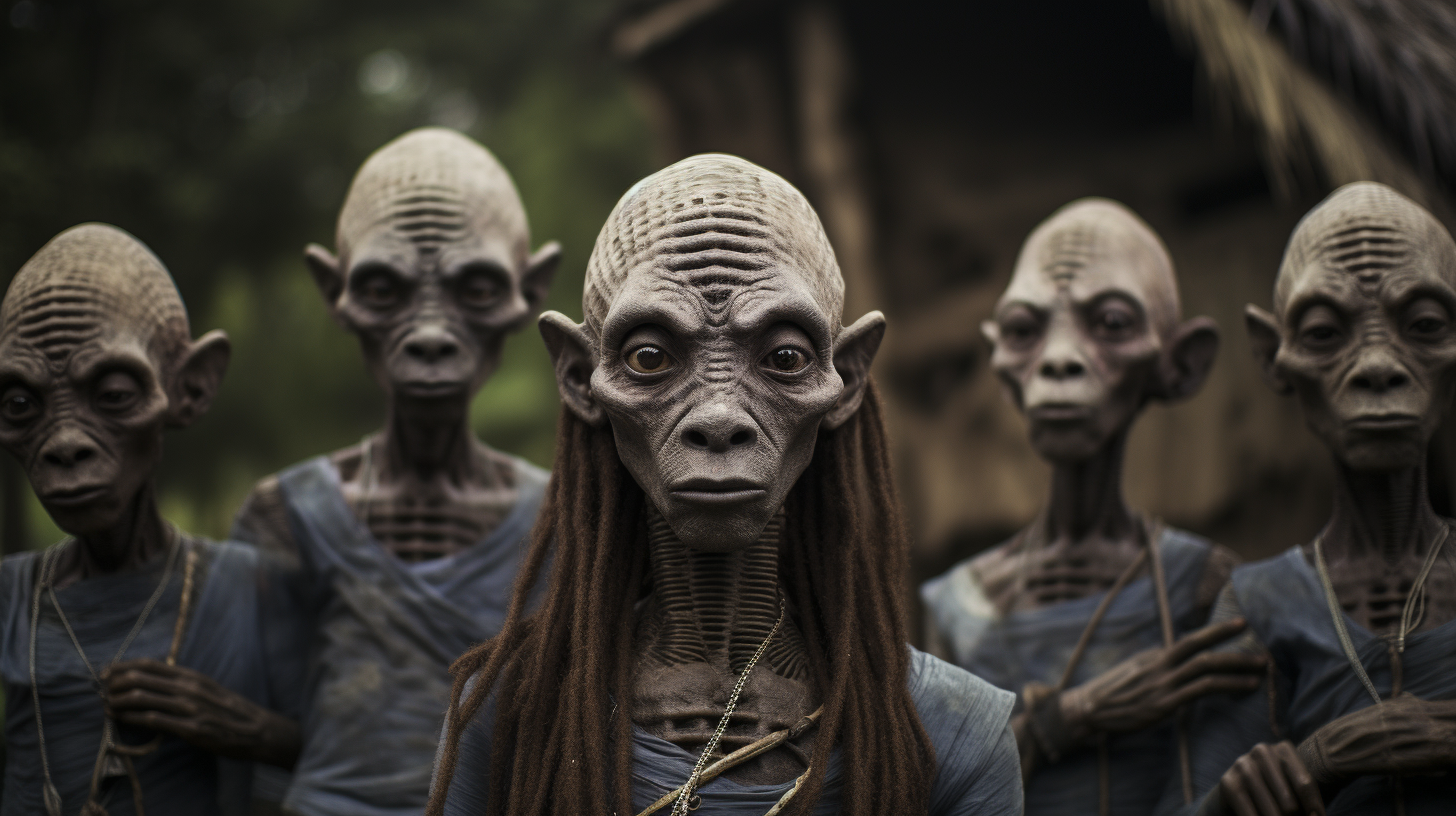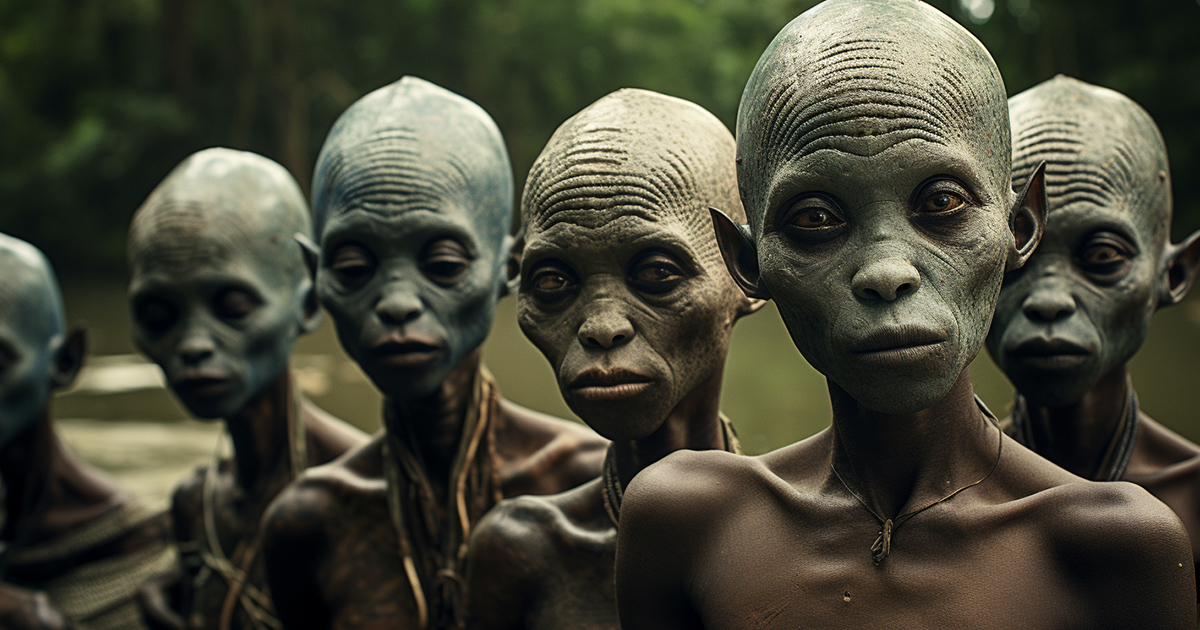Back in 1482, the intrepid Portuguese voyager Diogo Cao made his way into the core of the Kingdom of Congo, embarking on a journey that unraveled a mesmerizing meeting with a civilization deeply rooted in its traditional practices and profound spiritual convictions.
What commenced as an exploration into the mystical realms swiftly transitioned into a multifaceted narrative of clashes between cultures, shifts in religions, and the enigmatic notion of multiple souls.
Cao’s arrival in the thick jungles of Congo signified the dawn of European exploration in the region, sparking the dispatch of numerous missionaries from Portugal with the aim of converting the indigenous tribess from their ancient Vodun faith to Catholic for the salvation of souls.
Over time, European missionaries successfully Christianized the Kingdom of Congo, substituting the indigenous belief in a divine sky god with the Catholic teachings of creation.
Amidst this religious metamorphosis, a remarkable aspect of the natives’ beliefs persisted—a belief reminiscent of the ancient Egyptians in the existence of distinct souls within individuals.

According to this dualistic viewpoint, people were thought to possess both a “big soul” and a “little soul,” with the former embodying personality and identity, while“ the latter serving as a vital animating force, often likened to a lesser and greater angel.
As Christianity spread, traditional witch doctors were compelled to conduct Vodun rituals discretely. Stories of these witch doctors reviving the deceased through ancient practices astonished European missionaries, giving rise to entities known as zombies, devoid of personal attributes.
Thus, it beckons the question: Could there be a kernel of truth in these tales? Do they hint at the possibility that both the ancient Egyptians and the Congo tribes stumbled upon a profound truth with their belief in consciousness splitting into distinct entities?
The mystery deepens when contemplating how ancient witch doctors, devoid of modern tools, could resurrect the dead, reviving only the aspect of the soul responsible for animating the physical body.
Ancient astronaut scholars present an intriguing hypothesis, proposing that voodoo magic’s origins trace back to celestial beings and their messengers, the orishas or loas, descending from the skies in peculiar crafts, as depicted in ancient carvings.
Could these African deities have been extraterrestrial beings imparting not only knowledge about the soul but also secrets of reanimating the deceased?
This tale unfurls further, suggesting that over time, the teachings of these cosmic entities faded, leading magicians to attempt replicating their accomplishments and giving rise to the concept of zombies.
Nonetheless, the genesis of this wisdom is resolute: it emanated from celestial beings.
Discover the Video:
Within this intricate tapestry of cultural interchange, religious metamorphosis, and ponderings of ancient beliefs, we contemplate the likelihood that our comprehension of consciousness and resurrection might have celestial origins. As we navigate these mysterious strands of history, we are left with more queries than solutions, underscoring the complexity and depth of human beliefs and the enigmas that perpetually captivate our minds.
